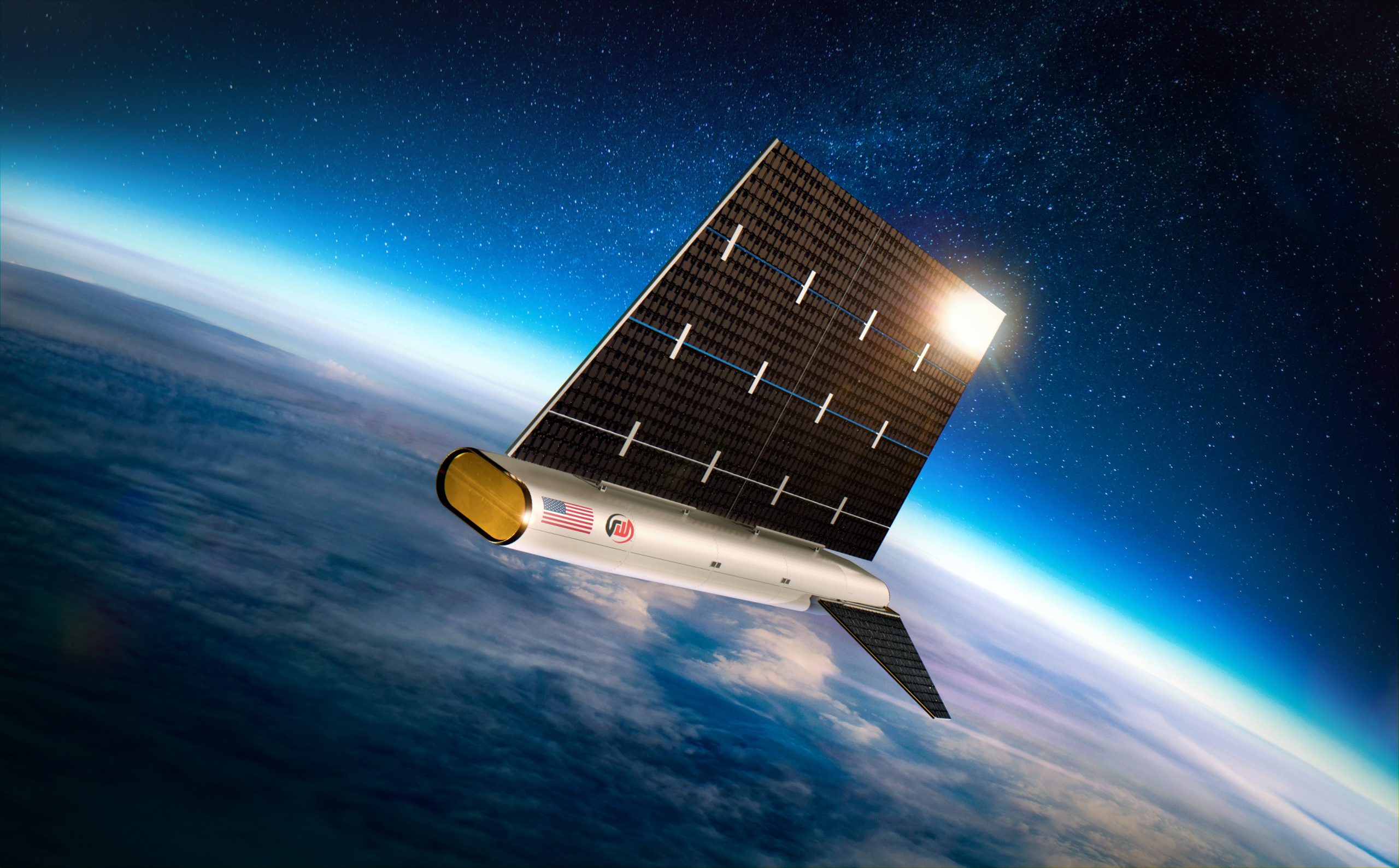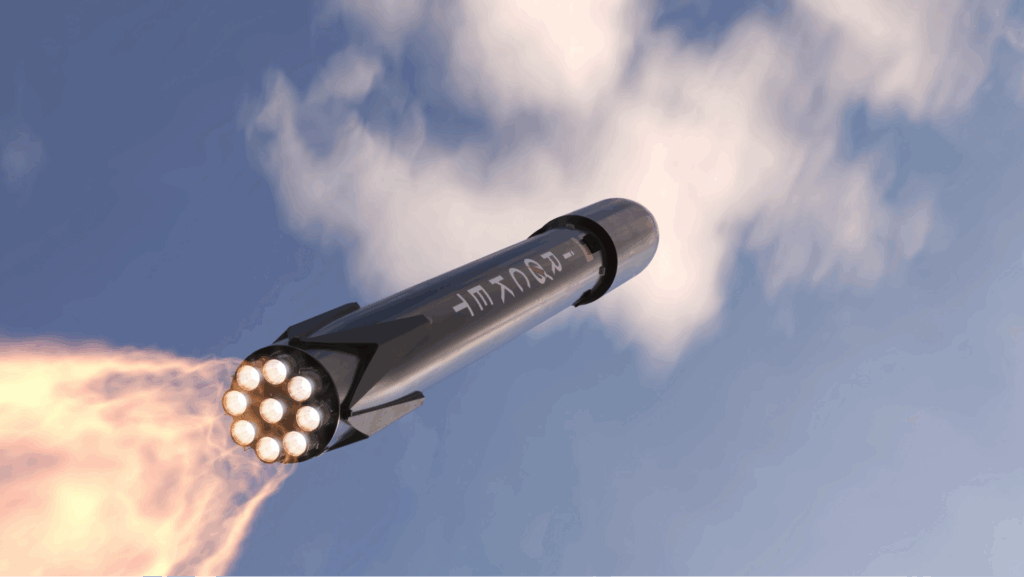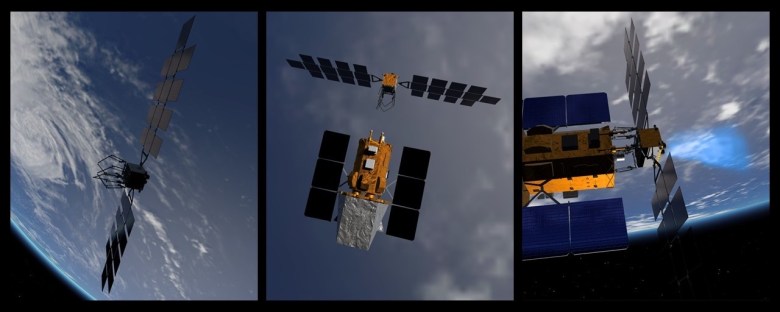Now Reading: Redwire lands $44 million DARPA award to build air-breathing satellite
-
01
Redwire lands $44 million DARPA award to build air-breathing satellite
Redwire lands $44 million DARPA award to build air-breathing satellite


WASHINGTON — Redwire secured a $44 million contract from the Defense Advanced Research Projects Agency to finish building a satellite designed to operate in very low Earth orbit, the company said Nov. 19. The award expands a 2024 agreement in which DARPA tapped the Florida company for its Otter Very Low Earth Orbit mission, an effort to field an air breathing spacecraft that can function in an extremely thin but still resistant atmosphere.
“VLEO represents an exciting new frontier for defense, intelligence and communications missions,” said Tom Campbell, president of space missions at Redwire.
DARPA is using Redwire’s SabreSat orbital drone platform. The design is intended to fly far lower than typical satellites, which usually operate above 500 kilometers to avoid severe drag. The Otter program targets altitudes in the range of 90 to 450 kilometers. The closer proximity to Earth would improve imaging resolution and communications latency.
These advantages have drawn interest from military customers who want quicker intelligence cycles and improved tracking of mobile threats. The tradeoff is rapid orbital decay unless a spacecraft can continuously counter drag. The harsh VLEO environment forces advances in materials, pointing control and autonomous operations.
How the technology works
Redwire plans to pair SabreSat with an air breathing electric propulsion system. The spacecraft would collect trace molecules of atmospheric gases and feed them into an electric thruster. In theory, this allows a satellite to sustain flight in regimes that have traditionally been considered too low for long duration missions. The concept cuts into one of the biggest physical barriers of VLEO operations and, if proven, could unlock much longer lifetimes for platforms operating close to Earth.
DARPA awarded a $6.7 million contract in 2024 to Colorado-based Electric Propulsion Laboratory to supply this air intake and thruster package for the demonstration.
Redwire is positioning its VLEO line as a link between space systems and airborne platforms as the Pentagon pushes the military toward “multi-domain” operations.
DARPA has not disclosed a flight date. The new funding moves the program into the final manufacturing and delivery phase.
Stay Informed With the Latest & Most Important News
Previous Post
Next Post
-
 012024 in Review: Highlights from NASA in Silicon Valley
012024 in Review: Highlights from NASA in Silicon Valley -
 02Panasonic Leica Summilux DG 15mm f/1.7 ASPH review
02Panasonic Leica Summilux DG 15mm f/1.7 ASPH review -
 03How New NASA, India Earth Satellite NISAR Will See Earth
03How New NASA, India Earth Satellite NISAR Will See Earth -
 04And Thus Begins A New Year For Life On Earth
04And Thus Begins A New Year For Life On Earth -
 05Astronomy Activation Ambassadors: A New Era
05Astronomy Activation Ambassadors: A New Era -
06SpaceX launch surge helps set new global launch record in 2024
-
 07Space Force plans new ‘Futures Command’ amid pressure to speed up modernization
07Space Force plans new ‘Futures Command’ amid pressure to speed up modernization



















